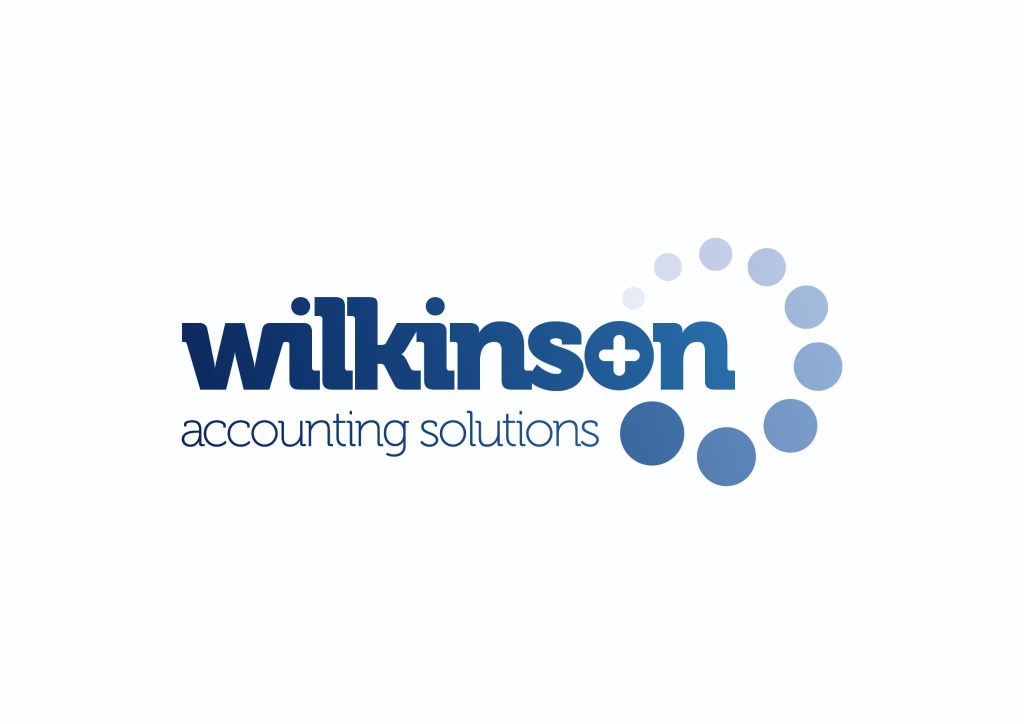Imagine, you have built a successful business over the past 10 to 20 years but when the time comes to retire, you struggle to sell your business. Often business owners fail to plan their exit, which is why statistics show c80% of businesses that go to market fail to sell.
There are several reasons for these failures including unrealistic expectation of pricing, lack of systems and information, inexperienced management teams and minimal investment in key resources.
These issues can be resolved if the sellers planned their exit further in advance. It is good practice to start considering your exit plan at least 3-5 years before your desired exit date.
So, how can you successfully plan your exit?
Resources and Management
Most buyers are not looking to ‘buy a job’ but want to invest in an ‘asset’ therefore if as the owner you are still heavily involved in your business and there is minimal cash left after you pay your dividends, then the business is a ‘lifestyle’ rather than an asset.
If you are planning your exit, then owners should look to invest in a management team and resources that allows the owner to transition from ‘working in to working on the business’, this usually happens in 3 stages:-
- Outsource activities that are not key to your business such as accounting, HR, IT etc.
- Hire key management staff that support the owner in leading business strategies.
- Hire board members or CEO that eventually replace the owner as the key decision maker.
Forecasts and Planning
For a successful exit, businesses need a robust financial and business plan. It is useful for these plans to be no shorter than 12 months, with a top level plan for 5 years. The purpose of the plan is to build the financials and cashflow required, measure risk and detail strategies required to grow.
It is best practice to bring your management team and key employees into the planning process, this is typically known as bottom up budgeting as it will bring more accountability within the culture of the organisation.
It is common for a business looking to exit, to complete their own acquisitions as it can fast track the exit plan, commonly known as a Buy, build and exit.
Reporting and Information
One of the biggest issues found within the due diligence process is poor information from the sellers. This results in a lack of faith from investors, as poor information leads to inaccurate and overstated valuations.
There is basic information required within an acquisition process including management accounts, KPIs, sales trends, and other key information that supports the business journey but also the valuation of a business.
Ideally, a business will collate financial and non-financial information into a ‘Sellers pack’ which is updated every month. Acquirers have more ‘faith’ in business operations if a seller can produce a ‘professional pack’ with trusted information that can be backed up by systemized reports.
One of the biggest issues in valuations is sellers relying only on their financial statements produced by their accountants at year-end, buyers will want up-to-date, accurate, and real-time information, which is not possible if there is poor month-on-month financials, tidied up once a year for tax purposes.
Process, systems, and controls
For a business to run free of its owner, there needs to be good processes and controls. Processes are the steps and rules that employees follow to complete tasks, where controls are built in around those processes to reduce the risk of error or fraud.
Example
A business has a sales director who speaks to clients and sends quotes to new customers. The director has the autonomy to reduce quotes by 10% but if they want to go above this, they need sign-off from the CEO. In this example the quoting tool is ‘the process’ and the sign-off levels are the ‘controls’
So how do you track that the process is followed? The business would need reporting in place to keep track of leads, quotes, and converted sales which should be compared to the ‘budgeted’ sales to keep track of discounts.

As the owner and founder of Wilkinson Accounting Solutions, I am on a mission to save the world from failed acquisitions and talk regularly about exit planning and acquisition strategies on my podcast The Build and Exit. More information at wilkinsonaccountingsolutions.co.uk

